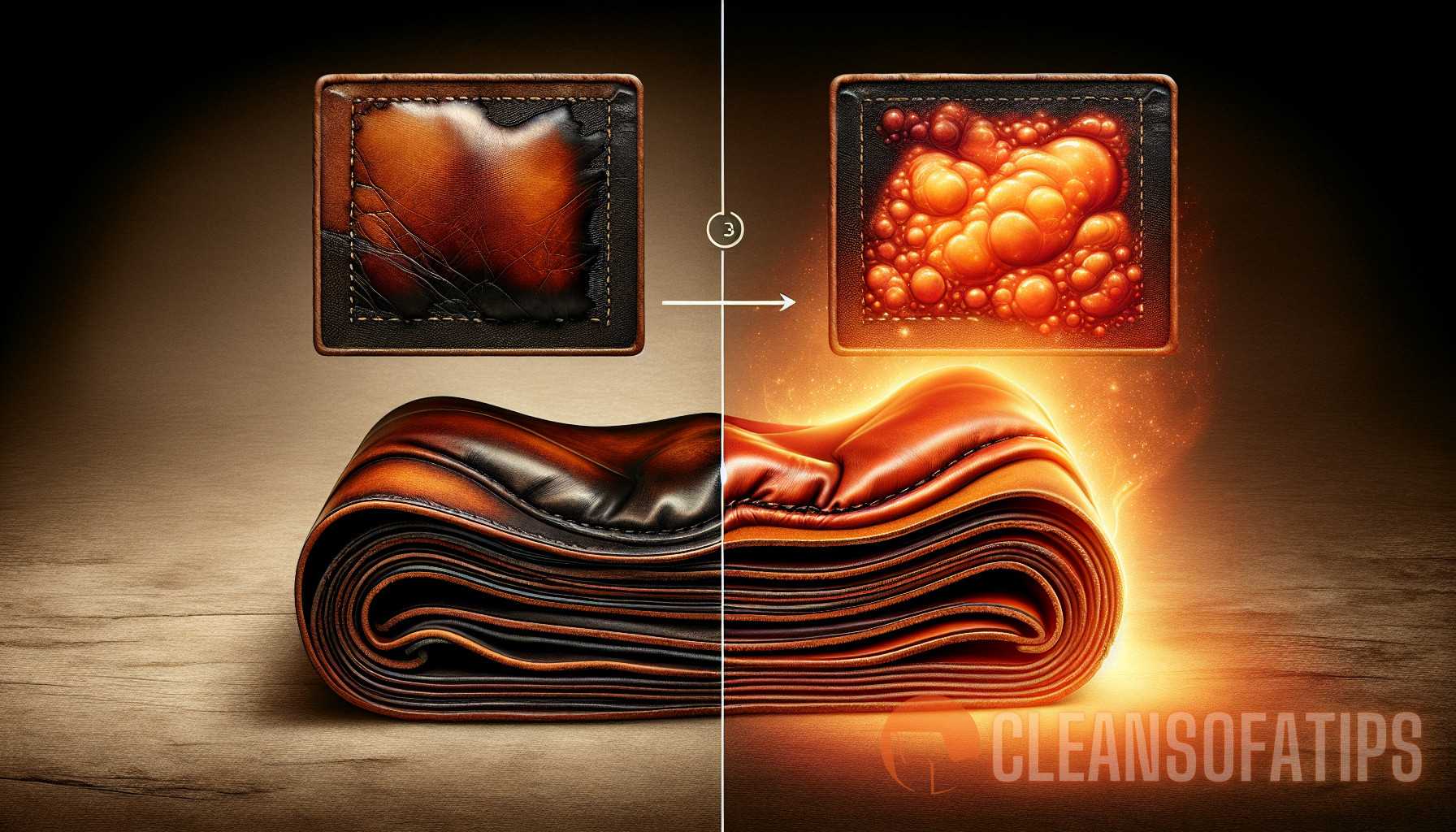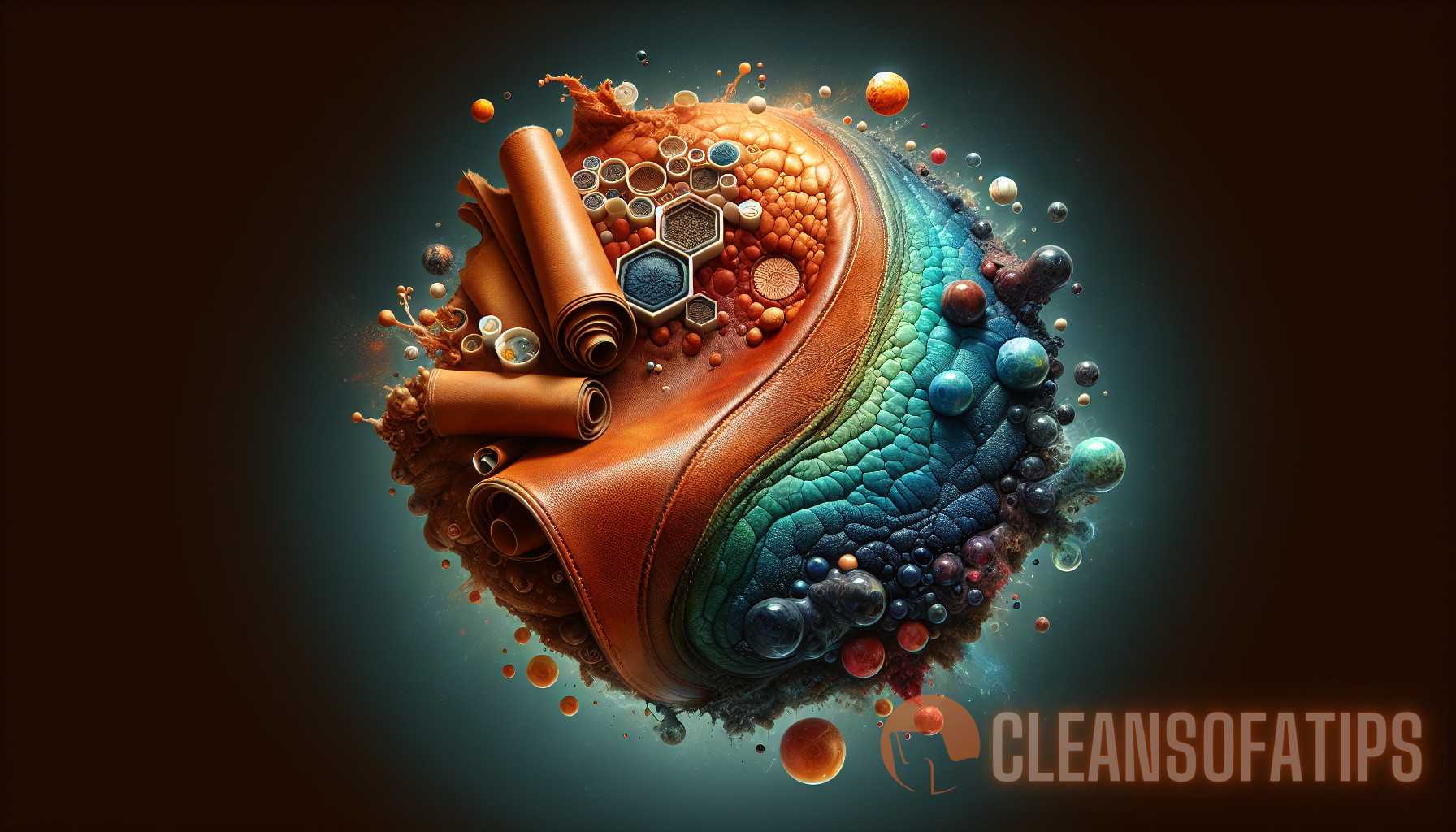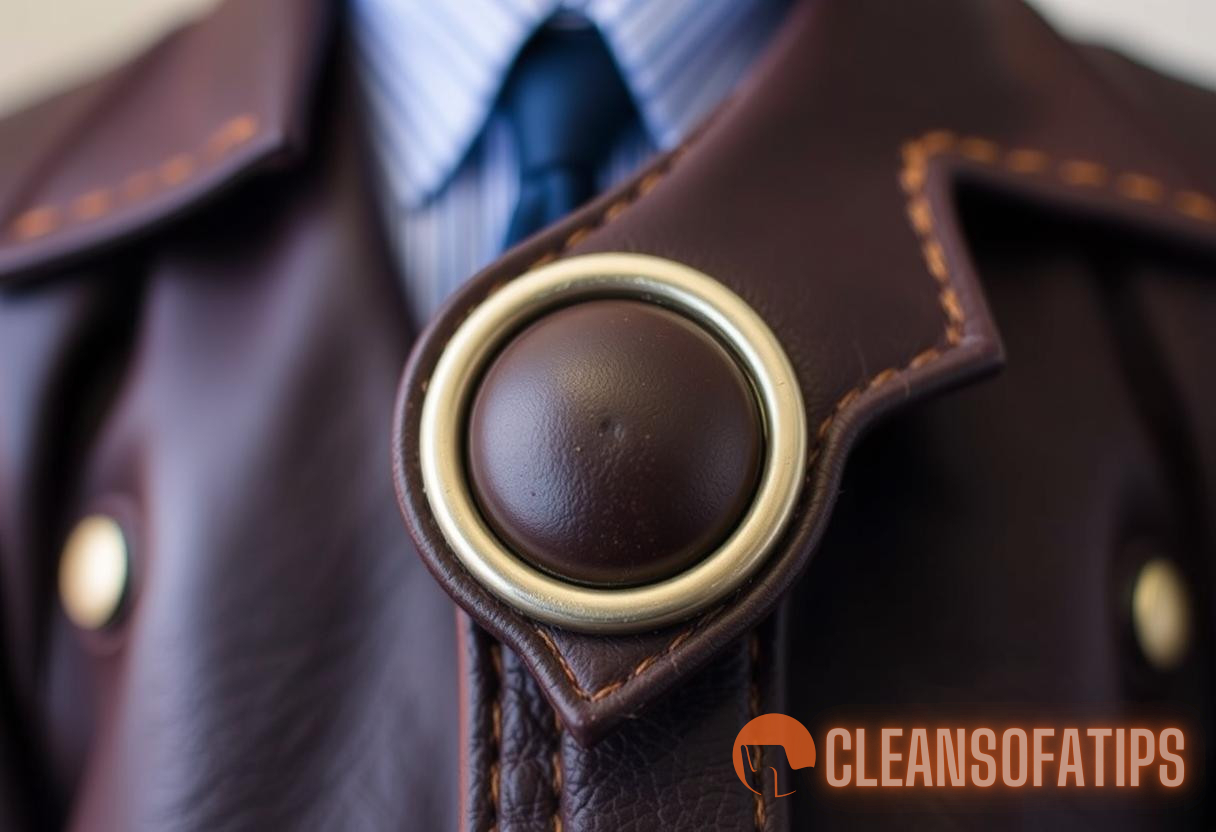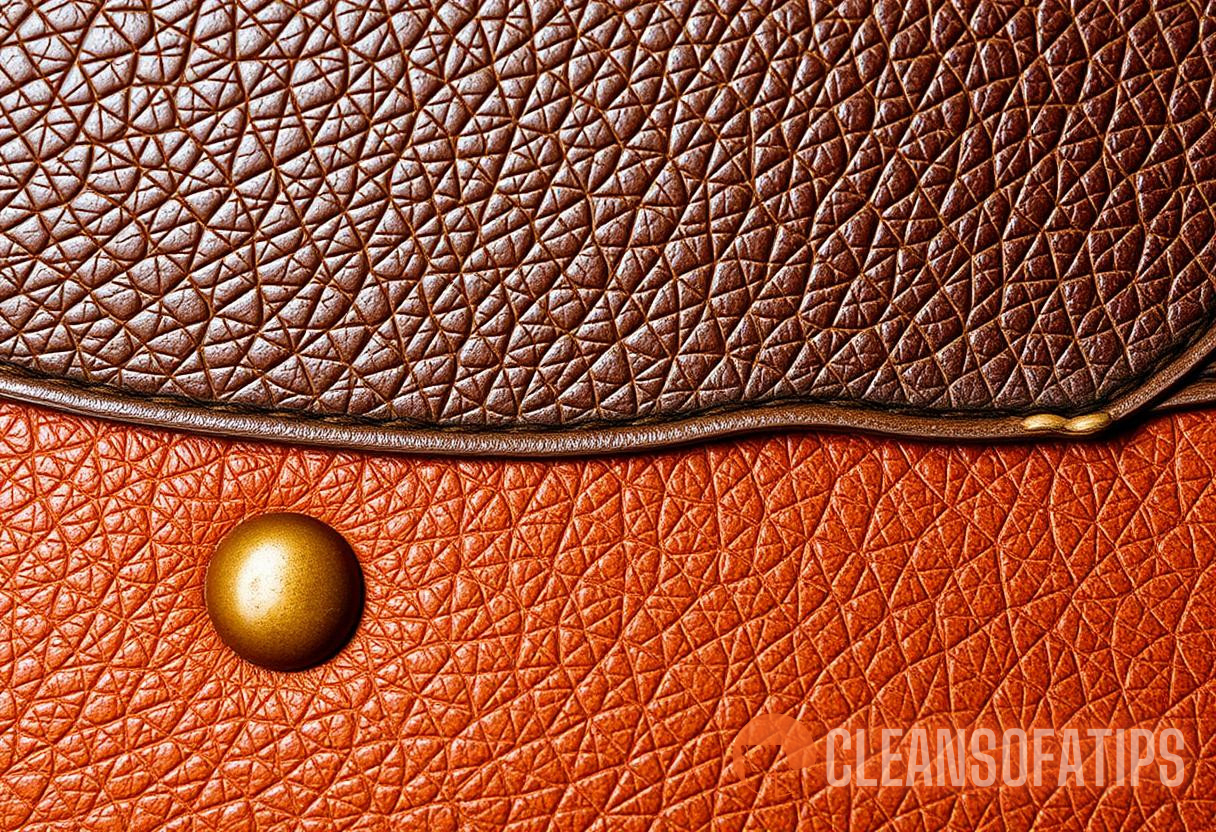Introduction
When it comes to leather, one of the most desirable characteristics is its ability to develop a beautiful patina over time. Leather patina refers to the natural aging process that leather undergoes, resulting in a deep, rich color and a unique character. This natural transformation is highly prized by leather enthusiasts and collectors, as it adds depth and personality to the leather material.Understanding the chemical processes that occur during leather aging can help us appreciate and enhance the natural beauty of leather patina. In this article, we will explore the science behind leather patina, including the key chemical reactions that take place, and discuss ways to enhance and protect the patina. So, let’s dive into the world of leather aging and unlock the secrets of the pinnacle of leather beauty.
The Science Behind Leather Patina
What is Leather Patina?
Leather patina is the result of a complex series of chemical reactions that occur when leather is exposed to environmental factors such as light, heat, moisture, and oxygen. Over time, the leather undergoes a transformation, developing a rich, deep color and a textured surface that adds character and uniqueness to the material.The development of leather patina depends on the type of leather, the tanning process, and the environmental conditions to which the leather is exposed. Vegetable-tanned leather, for example, tends to develop a more pronounced and nuanced patina compared to chrome-tanned leather. The presence of natural oils, waxes, and dyes in the leather also contributes to the development of patina.
Chemical Reactions in Leather Aging
Leather aging and the development of patina involve several chemical reactions. Here are some of the key reactions that take place: 1. Oxidation: When leather is exposed to air, the oxygen in the air reacts with the unsaturated fatty acids in the leather. Over time, this oxidation process leads to the formation of free radicals, which react with various compounds present in the leather, resulting in the darkening of the leather color. 2. Photooxidation: Light, especially ultraviolet (UV) light, accelerates the oxidation process in leather. UV rays break down the chemical bonds in the leather, leading to the formation of free radicals. This process not only accelerates the development of patina but can also cause structural damage to the leather if not properly protected. 3. Hydrolysis: Moisture plays a crucial role in the aging process of leather. It facilitates a chemical reaction known as hydrolysis, where water molecules break down the chemical bonds in the leather. This breakdown of bonds contributes to the softening and darkening of the leather. 4. Crosslinking: Over time, the collagen fibers in leather undergo crosslinking, a process where the protein chains form stronger bonds with each other. This crosslinking leads to the hardening of the leather, as well as the development of a textured surface that gives leather its unique character.Factors Affecting Leather Aging
Several factors can influence the rate and extent of leather aging and the development of patina. These factors include: 1. Environmental Conditions: Light, heat, moisture, and oxygen are the primary environmental factors that affect leather aging. Exposure to excessive light and heat can accelerate the oxidation process and cause color fading, while high moisture levels can promote hydrolysis and mold growth. It is important to strike a balance between preserving leather’s natural beauty and protecting it from environmental damage. 2. Frequency of Use: Leather that is regularly used and handled tends to develop patina more quickly compared to leather that is seldom used. The oils from our skin, as well as friction from daily use, contribute to the patina formation. 3. Type of Leather: Different types of leather age differently. Vegetable-tanned leather, for example, tends to darken and develop a more pronounced patina, while chrome-tanned leather ages with a more subtle change in color.
Enhancing and Protecting Leather Patina
Caring for Leather to Enhance Patina
To enhance and protect leather patina, it is essential to take proper care of your leather items. Here are some tips to help you care for your leather and promote the development of a beautiful patina: 1. Clean Regularly: Regular cleaning helps remove dirt, oils, and other contaminants that can dull the appearance of the leather. Use a mild leather cleaner and a soft cloth to gently clean the surface of the leather. Avoid using harsh chemicals or excessive water, as they can damage the leather. 2. Condition the Leather: Conditioning your leather helps keep it moisturized and supple, preventing dryness and cracking. Choose a high-quality leather conditioner that is suitable for the type of leather you have. Apply the conditioner evenly and follow the instructions on the product label. 3. Avoid Harsh Chemicals: Harsh chemicals, such as solvents or ammonia-based cleaners, can strip the leather of its natural oils and dyes, leading to color fading and damage. Stick to gentle, leather-safe products and avoid using household cleaners. 4. Protect from UV Rays: UV protection is crucial to prevent color fading and structural damage to the leather. Keep your leather items away from direct sunlight, or use UV-blocking products to shield them from harmful rays.Promote Natural Aging
If you prefer a more natural approach to enhancing leather patina, here are some techniques to consider: 1. Use and Handle the Leather: Regular use and handling of leather items help bring out the natural oils and promote patina development. The oils from our hands, for example, contribute to the darkening and luster of the leather. 2. Allow Exposure to Air: Allowing the leather to breathe and be exposed to air aids in the oxidation process, which leads to color development and patina formation. Avoid keeping your leather items in airtight containers or plastic bags for extended periods. 3. Avoid Excessive Cleaning: While regular cleaning is important, excessive cleaning can strip the leather of its natural oils and disrupt the aging process. Only clean your leather when necessary, and avoid using harsh chemicals or excessive water. 4. Avoid Overconditioning: Conditioning your leather is essential for maintaining its moisture balance, but overconditioning can hinder the development of patina. Follow the recommended frequency and amount of conditioner to avoid saturating the leather.Protecting Leather Patina
Once your leather has developed a beautiful patina, it is crucial to protect it from further damage. Here are some steps you can take to preserve and prolong the life of your leather patina: 1. Handle with Care: Be mindful of how you handle and use your leather items to minimize unnecessary wear and tear. Avoid placing sharp or abrasive objects on your leather surfaces, as they can scratch or puncture the leather. 2. Keep Away from Moisture: While leather needs some moisture to maintain its flexibility, excessive moisture can cause irreversible damage to your patina. Keep your leather items away from prolonged exposure to water, and promptly dry them if they get wet. 3. Store Properly: When not in use, store your leather items in a cool, dry place away from direct sunlight and extreme temperatures. Use breathable storage bags or wrap them in acid-free tissue paper to protect them from dust and light. 4. Use Leather Protectors: Leather protectors and sealants can provide an extra layer of protection against stains, spills, and UV rays. Choose products that are specifically designed for leather and follow the application instructions carefully.Conclusion
Leather patina is the pinnacle of leather aging, adding depth, character, and beauty to leather items. Understanding the chemical processes behind leather aging can help us appreciate and enhance the natural beauty of leather patina. By providing proper care, promoting natural aging, and protecting leather patina, we can ensure that our leather items stand the test of time and continue to showcase their unique charm. So, embrace the journey of leather patina and let your leather age gracefully, becoming a testament to its enduring beauty.Internal links: An article available at https://cleansofatips.fun/leather-maintenance/breathable-leather/. An article available at https://cleansofatips.fun/leather-maintenance/leather-elements/.
External link: Wikipedia – Leather



